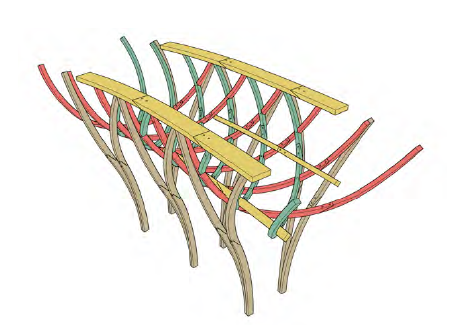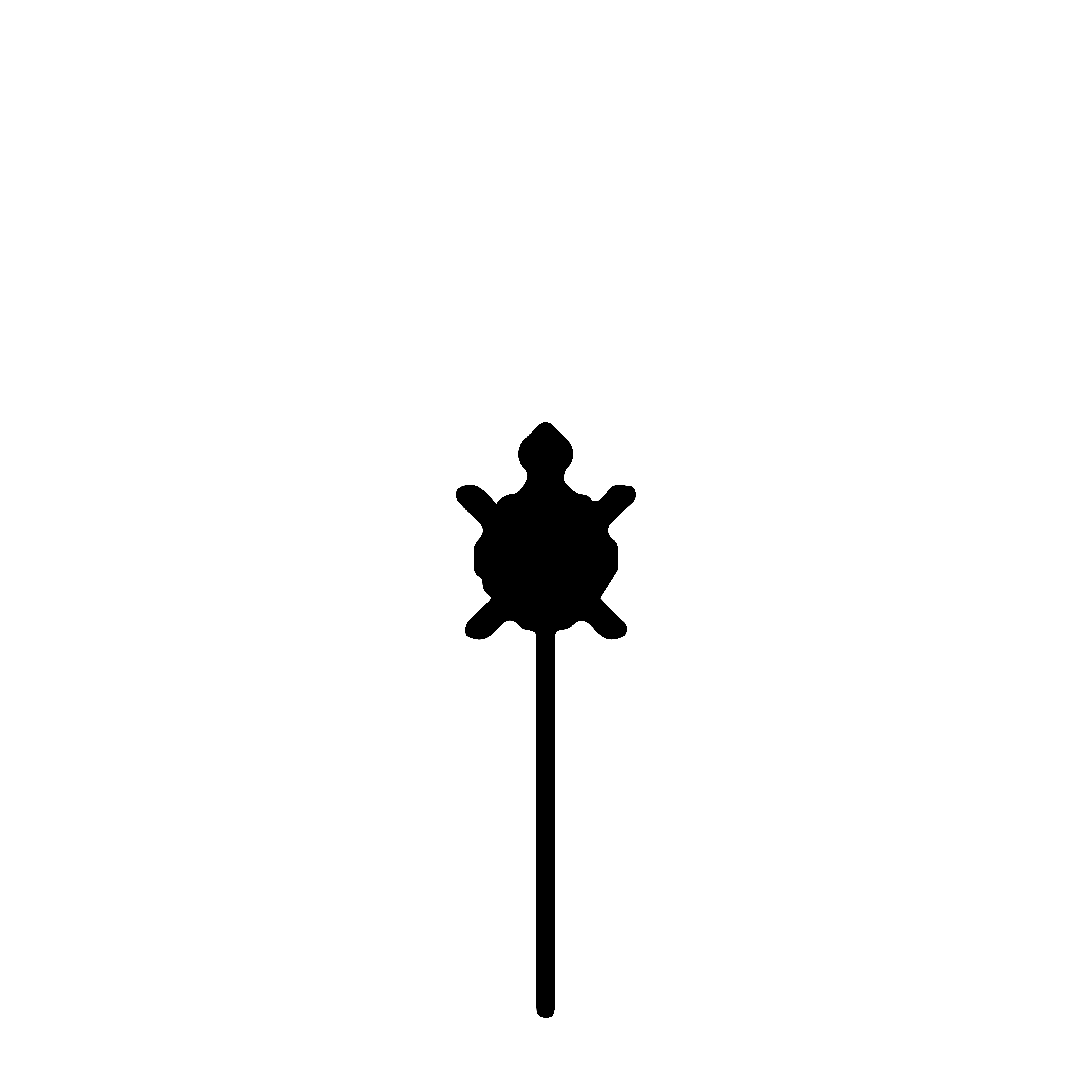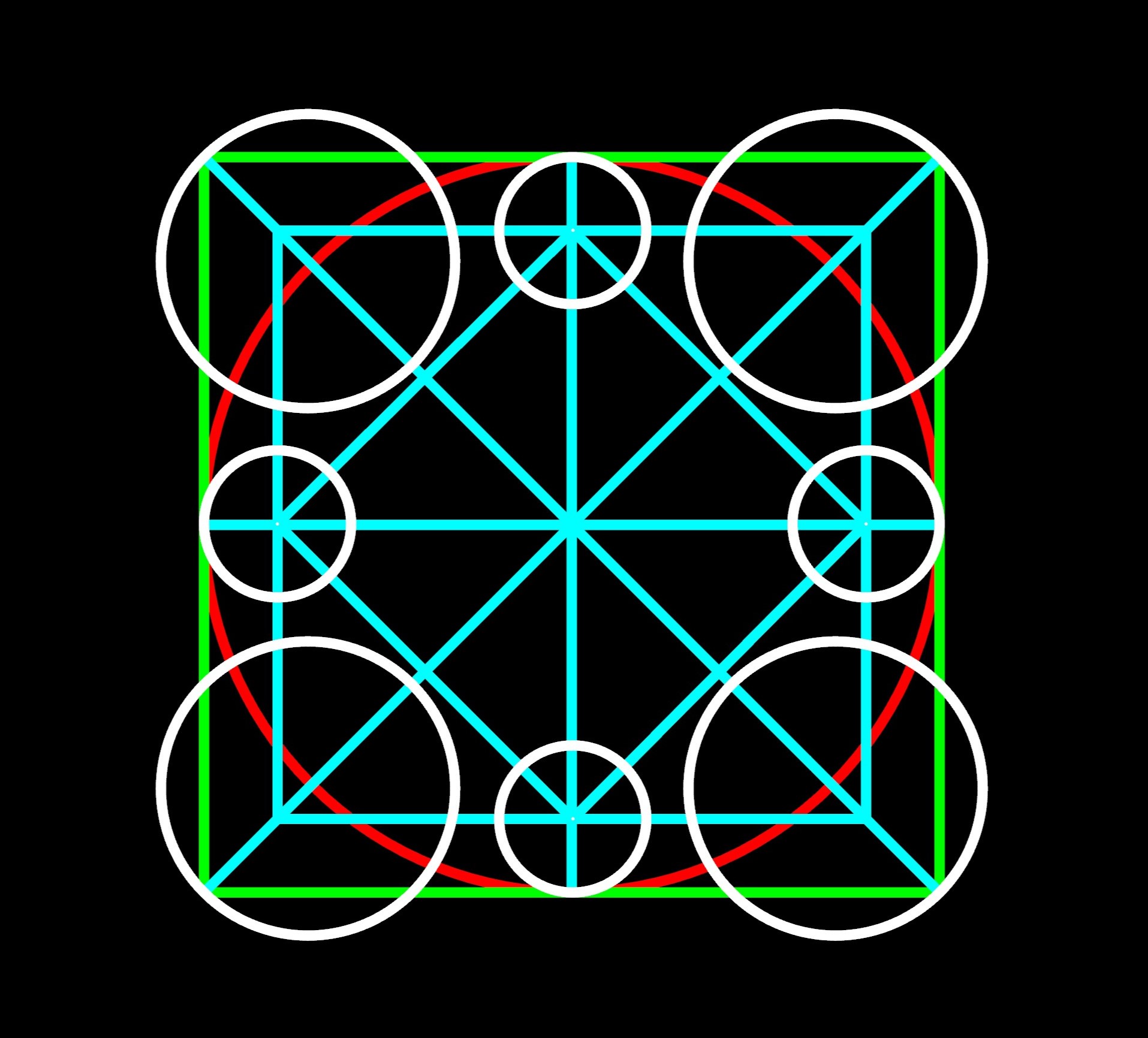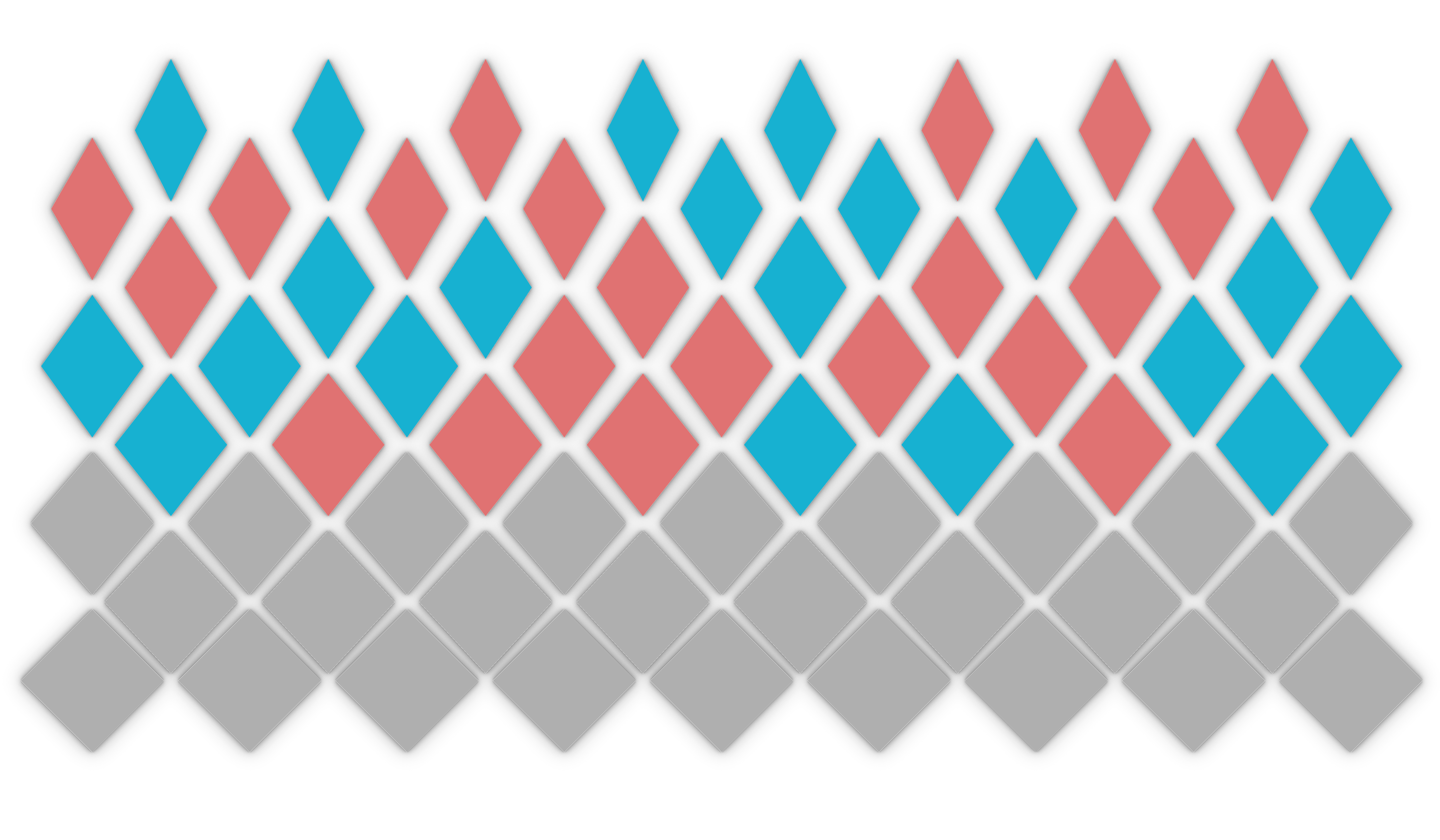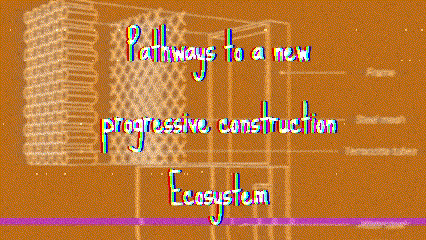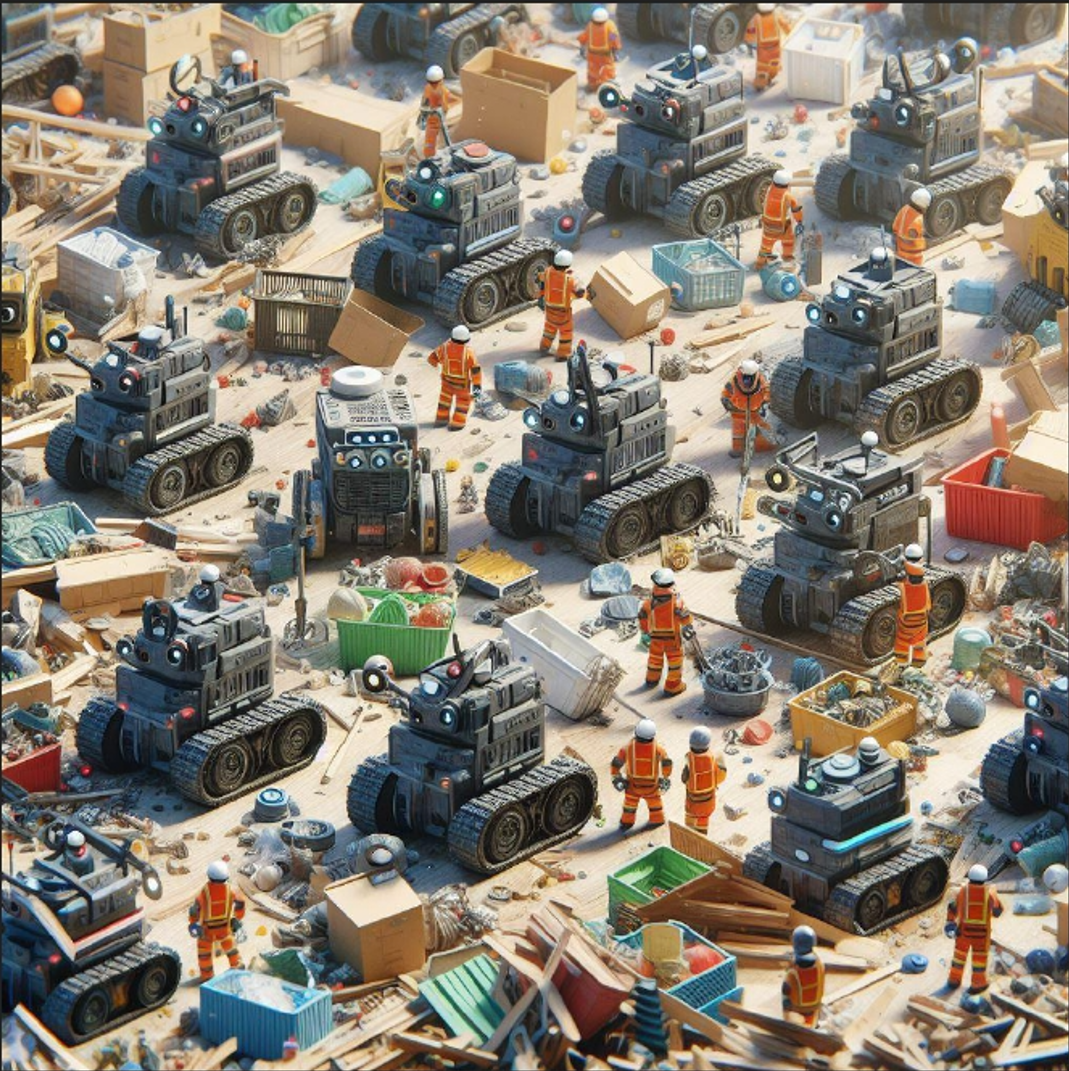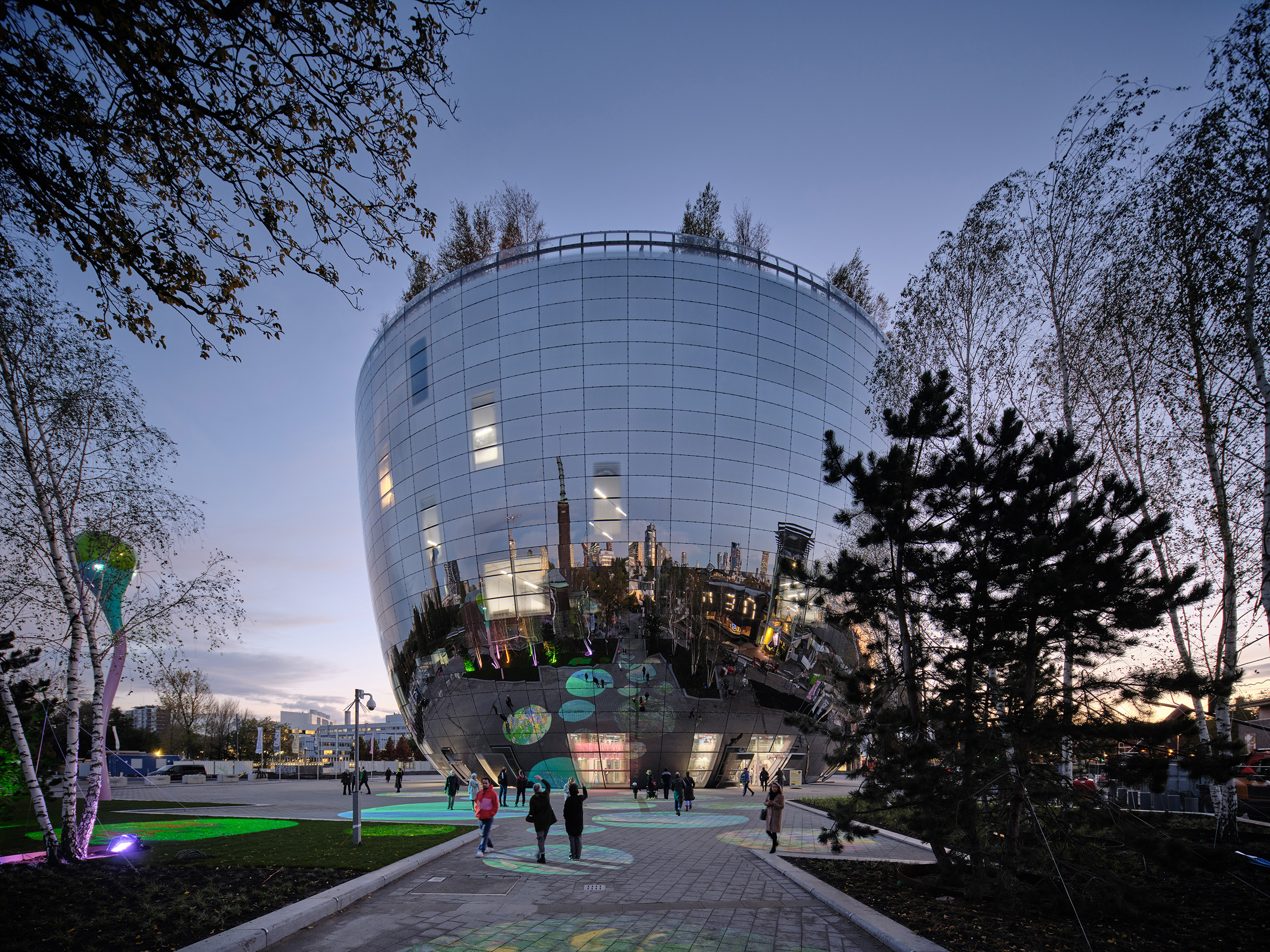Manifesto for Robotics in Construction Tailored Policies and Protocols for Diverse Environments
Inspired by Jordi’s Masterclass at IAAC, where he shared his experiences in robotic business and scope exploration, we’ve crafted our manifesto. This document reflects the significant insights he shared, particularly concerning entrepreneurship and startup endeavors in the construction industry. Shaping our collaborative journey into the intersection of design, technology, and construction, this manifesto outlines tailored … Read more


